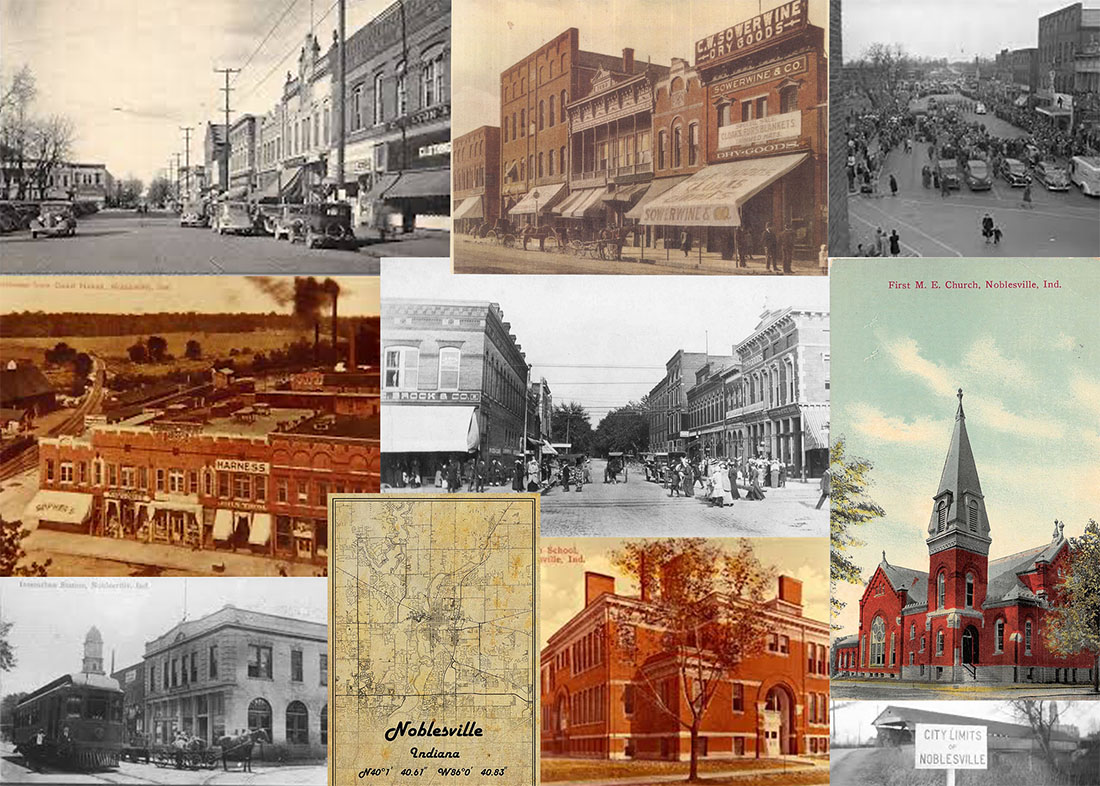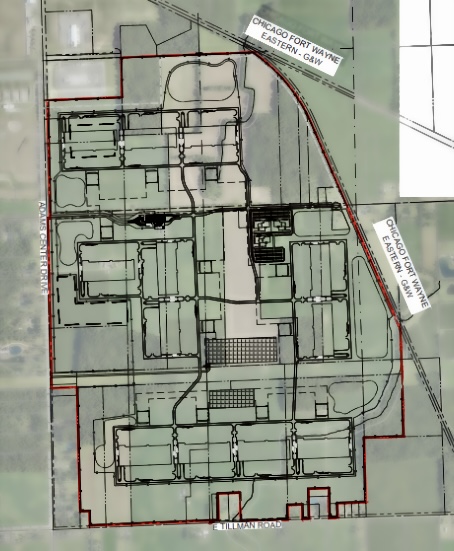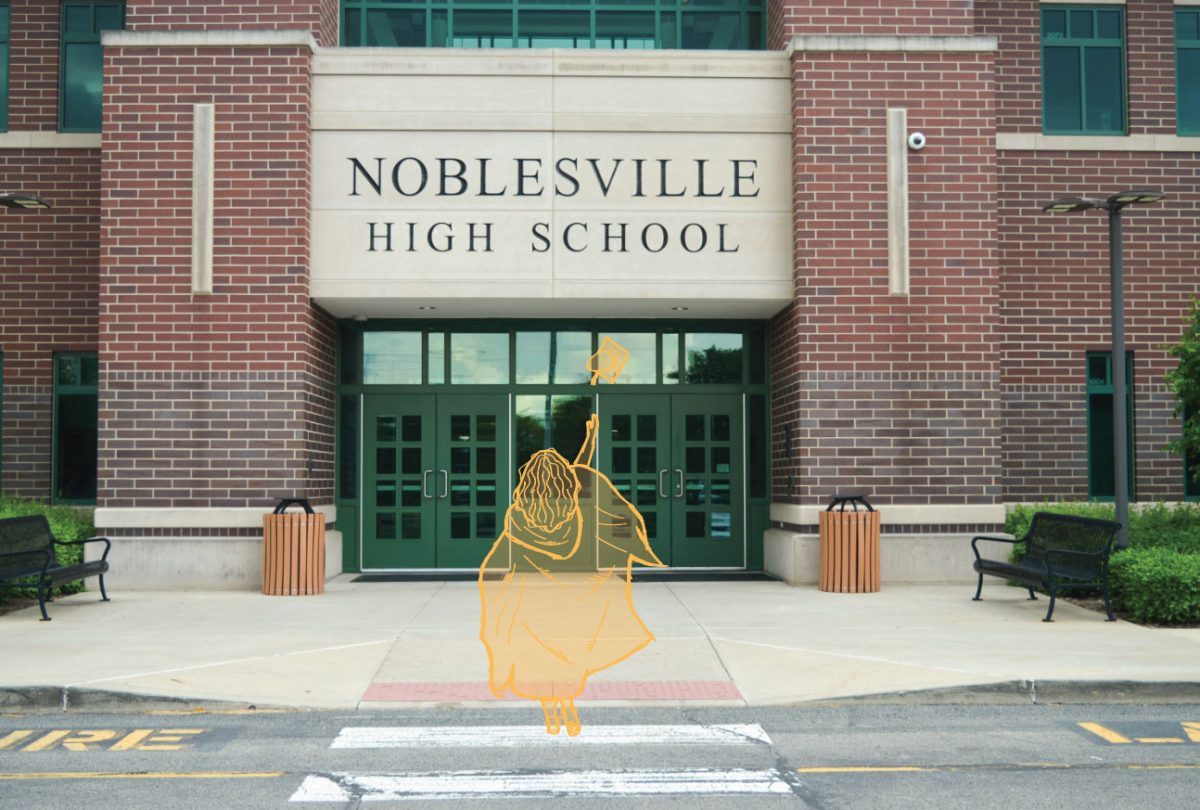Noblesville began, like so many other Midwestern towns, as a trading post in the middle of a lush, almost untouched, nowhere. In the 223 years since its founding, the city has grown into a thriving community, constantly attracting new residents and businesses alike. Particularly in recent years, extensive construction of roads and buildings has disrupted many wildlife habitats and landscapes. While economic development is a good thing for citizens and commerce alike, it’s easy to feel that both the developers who buy up land in town and the city who approves all of these plans are being overzealous in their efforts to spur growth.
With new construction sites, as well as the obstacles that accompany them, cropping up all over the city, complaints by residents have skyrocketed. Whether about their lengthened commutes, being awakened early in the morning by the roar of machinery, or the loss of what was formerly forested land full of critters, one thing is clear: Noblesville is changing, and many wonder if it will be for better or worse.
While these disruptions to everyday life can be unpleasant, the city says they ultimately will help with traffic congestion, raise property values, and bolster the area’s economy. Unfortunately, the negative aspects of these improvements are primarily felt by Noblesville’s flora and fauna.
As Noblesville urbanizes, large green spaces, particularly downtown, are becoming fewer and farther between. Planned developments like the proposed Federal Hill Apartments sparked concerns about the safety of Federal Hill Commons as a gathering space for the community, but when construction was complete, the Commons had been left essentially untouched. More access to green spaces is associated with better quality of life and fewer mental health struggles for those who utilize them. The loss of these spaces on a larger scale would be a detriment to the aesthetic of Noblesville, residents’ mental well-being, and the ecosystem’s health.
Commercial and residential development is often beneficial for citizens, but the effect that these initiatives will have on the environment around Noblesville is a subject of concern. Often, large scale construction fragments habitats of animals and destroys vegetation. While Noblesville has regulations in place to protect local flora and fauna, these rules are often not enough to properly guard established ecosystems against destruction.
By allowing companies who don’t have a vested interest in the environment of Noblesville to use land for their own gain, the responsibility to maintain it falls to an entity that values profit margins more than the effects on the ecosystem. Noblesville and its beauty deserve to be protected, and in order to so, regulations should become stricter and prevent developers from cutting corners.














